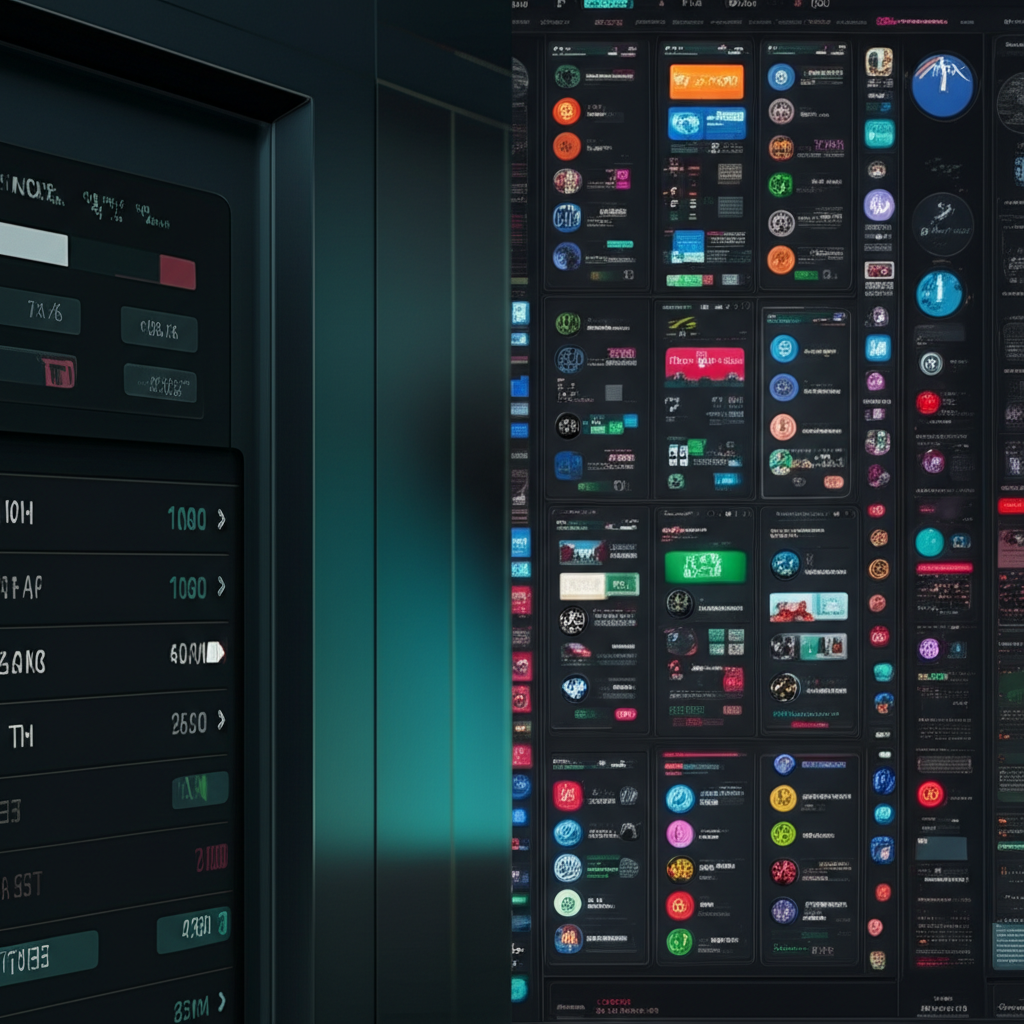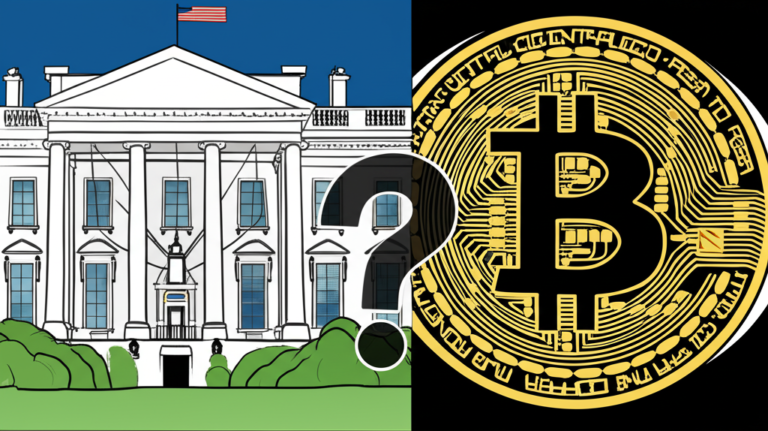Web3 Trading’s Achilles’ Heel: Why Institutional Adoption Remains Stuck in the Mud
Binance CEO Changpeng Zhao (CZ) recently highlighted a critical issue hindering Web3’s growth: a significant structural gap in its trading infrastructure. This isn’t just a minor inconvenience; it’s a major roadblock preventing institutional investors and large-scale traders from fully embracing the decentralized future. The current ecosystem simply lacks the sophistication, scalability, and privacy required to attract this crucial demographic.
The Missing Pieces of the Web3 Trading Puzzle
CZ’s assertion points to a fundamental weakness: existing Web3 exchanges and protocols are often ill-equipped to handle the demands of institutional trading. Unlike traditional markets, which boast robust systems for managing large volumes, sophisticated order types, and stringent regulatory compliance, Web3 currently falls short. This is reflected in several key areas:
1. Scalability Issues: A Bottleneck to Mass Adoption
Many popular Web3 protocols struggle to handle the transaction volume required by institutional investors. High gas fees, slow transaction speeds, and network congestion frequently result in delays and increased costs, making them less attractive compared to traditional centralized exchanges. For example, during periods of high network activity on Ethereum, transaction fees can skyrocket, making large-scale trading prohibitively expensive.
2. Privacy Concerns: A Trust Deficit
Institutional traders often require a high degree of privacy and confidentiality. The transparent, publicly auditable nature of many blockchain networks clashes directly with this need. While privacy-focused solutions like zero-knowledge proofs are emerging, they are not yet widely adopted or sufficiently mature for institutional-grade trading.
3. Lack of Sophisticated Trading Tools: A Simple User Experience Isn’t Enough

Sophisticated trading strategies, including algorithmic trading and complex order types (like iceberg orders or stop-loss orders), are commonplace in traditional markets but remain underdeveloped in the Web3 space. The existing trading interfaces and tools often lack the functionality and robustness needed by professional traders.
Bridging the Gap: The Path Forward
To overcome this structural gap, Web3 needs to focus on several key improvements:
- Enhanced Scalability: Layer-2 scaling solutions, sharding, and alternative consensus mechanisms are crucial for handling the transaction volume required by large-scale trading.
- Improved Privacy Mechanisms: Wider adoption of privacy-enhancing technologies, like zero-knowledge proofs and private blockchains, is essential for attracting institutions concerned about data confidentiality.
- Development of Sophisticated Trading Tools: Building more robust and versatile trading platforms with support for advanced order types and algorithmic trading will be necessary.
- Regulatory Clarity: Clearer regulations and guidelines can encourage institutional involvement by addressing legal and compliance concerns.
Summary:
- Web3’s trading infrastructure currently lacks the scalability, privacy, and sophistication required for widespread institutional adoption.
- This gap is hindering the growth and maturation of the Web3 ecosystem.
- Addressing this requires improvements in scalability, privacy technologies, and trading tools, along with greater regulatory clarity.










